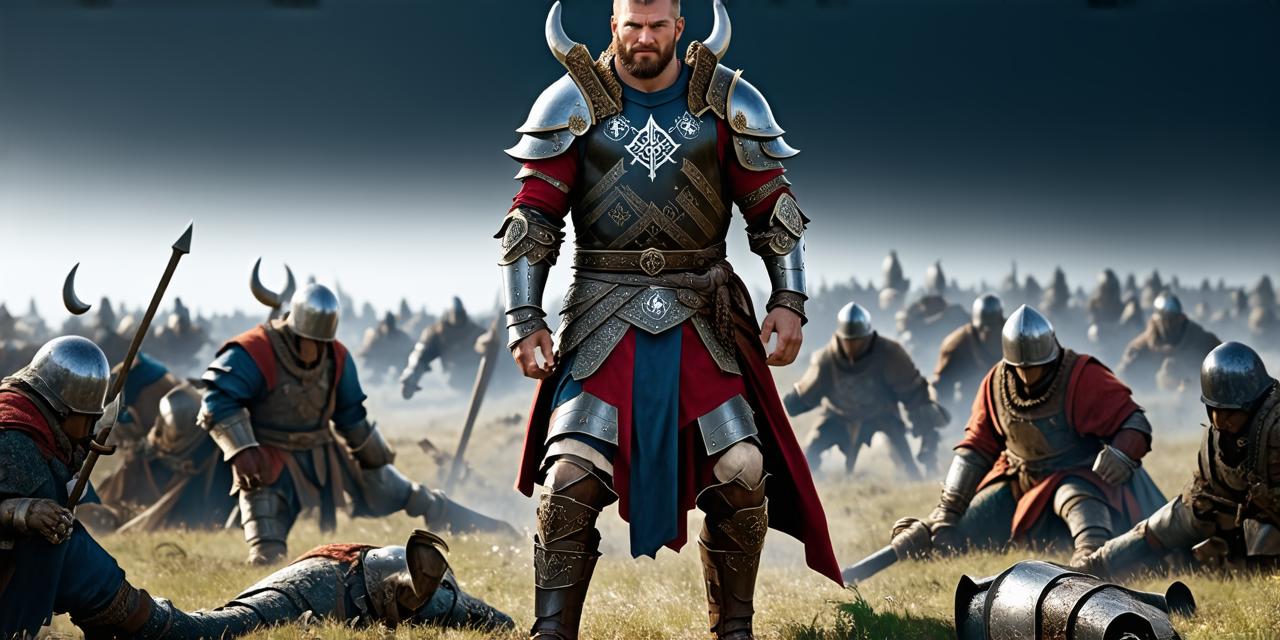As technology continues to evolve at an unprecedented pace, new concepts and ideas are emerging that have the potential to transform the way we interact with each other and the world around us. One such concept is blockchain, a decentralized ledger system that promises to revolutionize everything from supply chain management to digital identity verification.
In this article, we will explore the basics of blockchain technology, its history, and how it works. We will also discuss some of the most promising use cases for this innovative technology, as well as some of the challenges and limitations that must be overcome if blockchain is to realize its full potential.
What is Blockchain?
At its core, a blockchain is a distributed ledger system that allows multiple parties to securely store and share data in a decentralized manner. A blockchain consists of a series of blocks, each containing a set of transactions or other data. These blocks are linked together using cryptographic algorithms, creating a chain of blocks that cannot be altered or deleted without the consensus of all participants in the network.
History of Blockchain
The concept of a decentralized ledger system dates back at least as far as the 1970s, when computer scientists Stuart Butterfield and Martyn King proposed the idea of a “distributed hash table” that could be used to store and share data across multiple computers. However, it was not until 2008 that the first widely recognized blockchain was created by an anonymous person or group using the pseudonym Satoshi Nakamoto.
How does Blockchain work?
At a high level, a blockchain works by allowing multiple parties to securely share data in a decentralized manner. Here is an overview of the key components and processes involved in creating and maintaining a blockchain:
- Nodes: A node is a computer or device that participates in the blockchain network by validating transactions, storing blocks, and communicating with other nodes in the network.
- Transactions: A transaction is any exchange of data or value between two or more parties on the blockchain. These can include anything from the transfer of money to the sharing of sensitive information.
- Blocks: A block is a collection of transactions that have been verified and added to the blockchain. Each block contains a unique identifier called a hash, as well as other data such as the timestamp of when the block was created and the identities of the parties involved in the transactions.
- Mining: Mining is the process by which nodes in the network compete to validate transactions and create new blocks. In order to do this, they must solve complex mathematical problems using powerful computers. Once a problem is solved, the node that finds the solution is rewarded with a small amount of cryptocurrency.
- Consensus: Consensus is the process by which all participants in the blockchain network agree on the validity of the transactions and blocks being added to the chain. This is achieved through a combination of mining, validation, and consensus algorithms.

Benefits of Blockchain
There are many potential benefits to using blockchain technology, including:
- Increased security: Due to its decentralized nature, a blockchain is much more resistant to tampering and fraud than traditional ledger systems. Once data is added to a blockchain, it cannot be altered or deleted without the consensus of all participants in the network.
